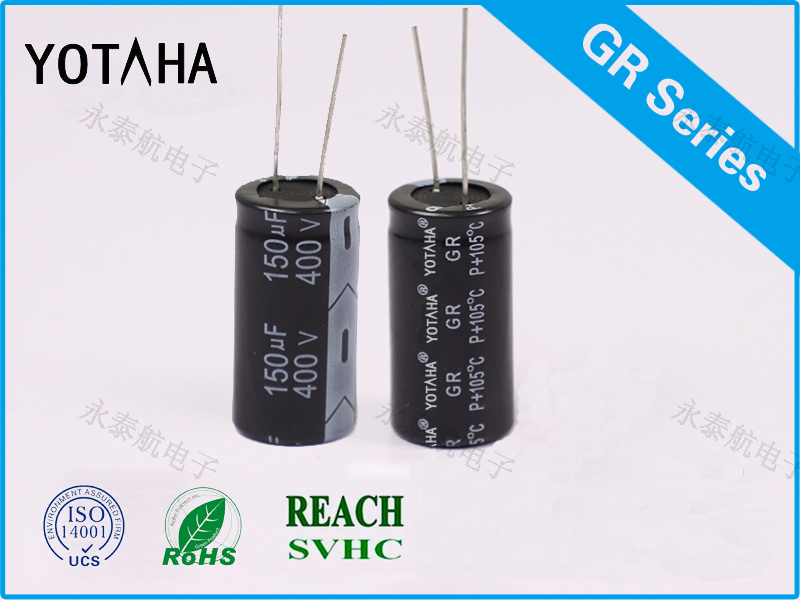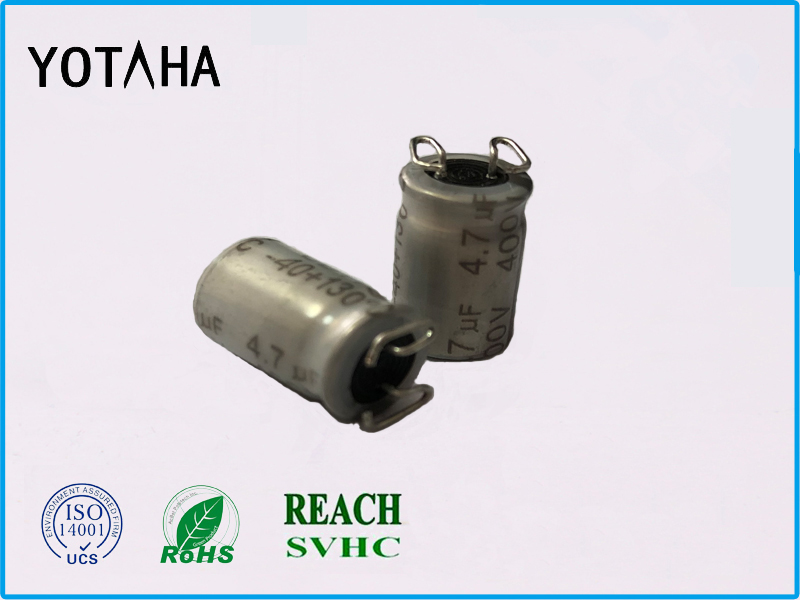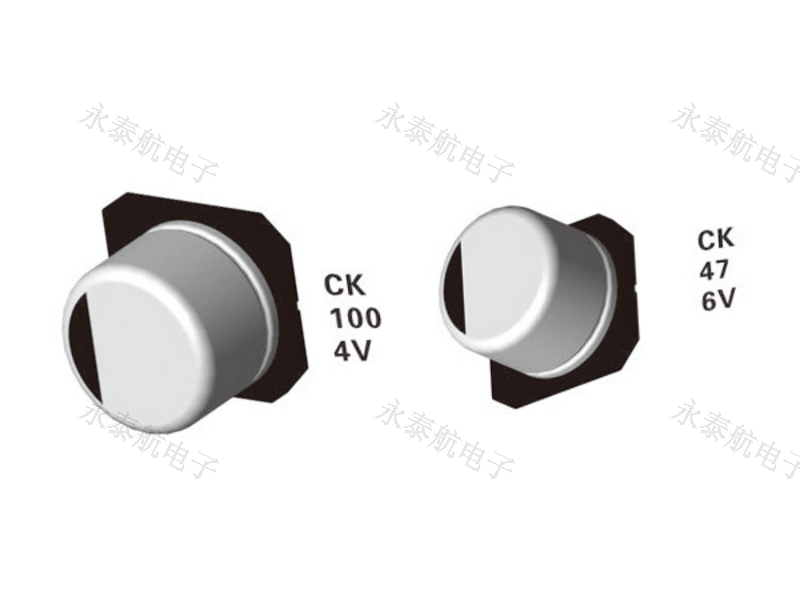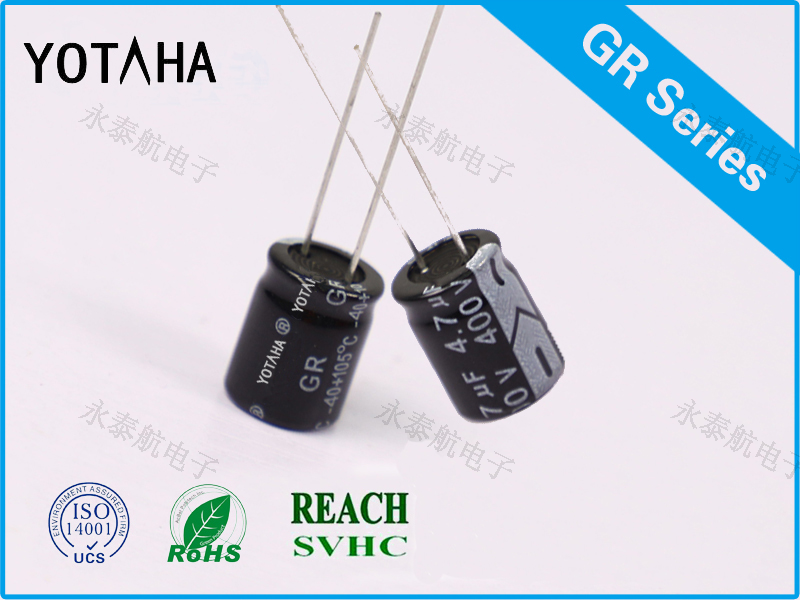Method 1: Use a pointer multimeter to short-circuit the two pins of the capacitor to discharge, and connect the black test lead of the multimeter to the positive electrode of the electrolytic capacitor. Connect the red test lead to the negative pole (for an analog multimeter, when measuring with a digital multimeter, the test leads are inter-adjusted). Normally, the test needle should first swing in the direction of low resistance, and then gradually return to infinity. The greater the swing of the hands or the slower the return speed, the greater the capacity of the capacitor, and vice versa, the smaller the capacity of the capacitor. If the hands of the watch no longer change somewhere in the middle, it means that the capacitor is leaking. Small or zero, it indicates that the capacitor has broken down and short-circuited. Because the battery voltage used by the multimeter is generally very low, it is more accurate when measuring low-voltage capacitors. When the capacitor’s withstand voltage is high, it is better to measure Normal, but when high voltage is applied, leakage or breakdown may occur.
Method 2: Use a digital multimeter to measure the capacitance, set the gear to the capacitance (select the gear according to the capacitance value you measured), use two test leads to connect the two legs of the capacitor during the test, the meter has a certain value, and then return Infinity, change the meter pen and try again. This time the displayed data size is slightly deviated and returns to infinity, indicating that the capacitance is good. If it cannot return to infinity, it indicates leakage.






